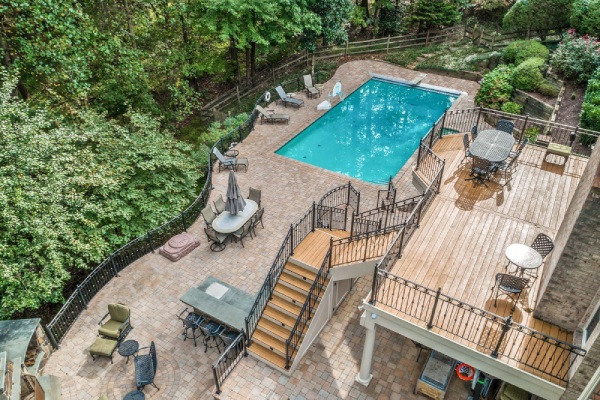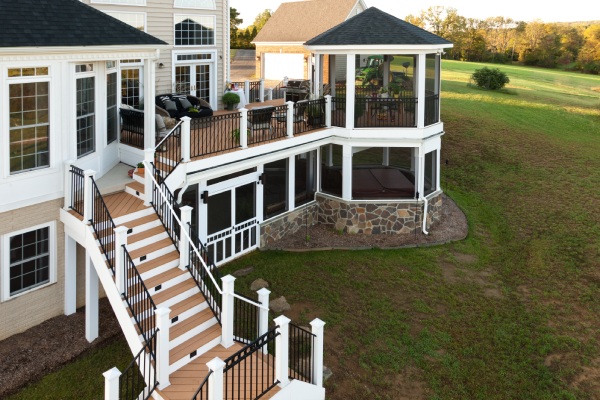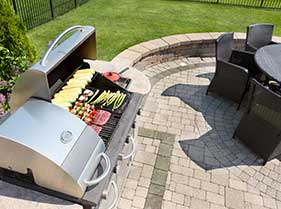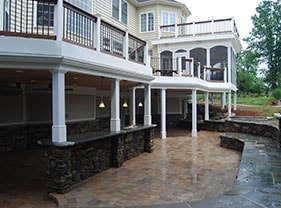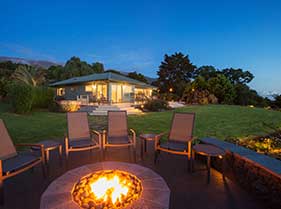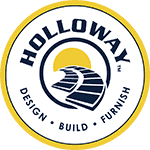Reliable Deck Builder Near You – Transform Your Space
Imagine stepping into your backyard oasis, a picturesque space where you can unwind, entertain, and create lasting memories with your loved ones. Sound tempting? Look no further than Holloway Company, your trusted local deck builder and outdoor transformation experts. Located in Virginia, USA, we are a family-owned and operated business dedicated to making your dream […]
Reliable Deck Builder Near You – Transform Your Space Read More »

